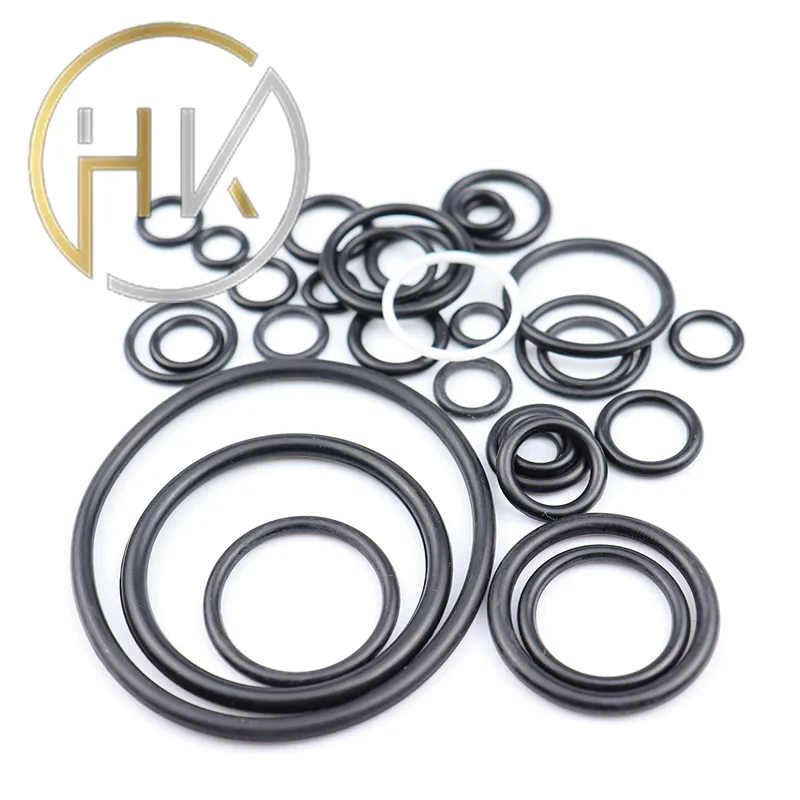Aug . 31, 2024 01:49 Back to list
hydraulic cylinder seals
Understanding Hydraulic Cylinder Seals
Hydraulic systems play a crucial role in various industrial applications, ranging from manufacturing to automotive engineering. At the heart of these systems is the hydraulic cylinder, which converts hydraulic energy into mechanical force. However, the efficiency and reliability of hydraulic cylinders heavily depend on the quality and design of the seals used within them. This article explores the significance of hydraulic cylinder seals, their types, and factors to consider for effective sealing solutions.
Hydraulic cylinder seals serve multiple essential functions they prevent fluid leakage, retain hydraulic fluid under pressure, and protect the internal components from contaminants. Any failure in the sealing mechanism can lead to a decrease in system performance, increased maintenance costs, and potential equipment failure. Therefore, the selection of the appropriate seal type is vital for ensuring the longevity and reliability of hydraulic systems.
There are several types of seals commonly used in hydraulic cylinders, each engineered for specific applications and conditions. The most prominent types include
1. O-Rings These are circular seals that provide excellent sealing capabilities and are widely used due to their simplicity and cost-effectiveness. They can accommodate moderate pressure and temperature variations.
2. U-Cups Shaped like a U, these seals can handle high pressures and are often utilized in dynamic applications. Their design helps maintain a tight fit, reducing the risk of fluid bypass.
3. Rod Seals Specifically designed for the rod of the hydraulic cylinder, these seals prevent leakage as the rod moves in and out. They are crucial in maintaining the integrity of the system during operation.
hydraulic cylinder seals

4. Piston Seals These seals are positioned on the piston, creating a barrier that enables the hydraulic fluid to generate the necessary force. They are designed to handle both dynamic and static loads efficiently.
When selecting hydraulic cylinder seals, several factors should be considered
- Material The choice of material affects the seal’s durability and resistance to temperature, pressure, and chemical exposure. Common materials include nitrile rubber, polyurethane, and fluorocarbon.
- Operating Conditions Understanding the working environment of the hydraulic system, including temperature ranges and the presence of contaminants, is essential for choosing the right seal.
- Lubrication Adequate lubrication helps extend the life of seals by reducing friction and wear. Consideration should be given to the compatibility of lubricants with the seal materials.
In conclusion, hydraulic cylinder seals are critical components that ensure the efficient operation of hydraulic systems. Understanding their types, functions, and the factors influencing their selection can significantly enhance system performance and reliability. Investing in quality seals and addressing system requirements will ultimately lead to a more durable and efficient hydraulic system. Proper maintenance and timely replacement of seals can prevent costly downtime and ensure that hydraulic machinery remains operational for years to come.
-
Wiper Oil Seal: Our Commitment to Clean Hydraulics
NewsAug.13,2025
-
Hydraulic Oil Seal for Self Discharging Cars
NewsAug.13,2025
-
Hub Oil Seal for Agricultural Tractor Hubs
NewsAug.13,2025
-
Skeleton Oil Seal with NBR Material
NewsAug.13,2025
-
Rotary Lip Seal for High Pressure Applications
NewsAug.13,2025
-
Cylinder Seal Kits Our Legacy of Hydraulic Trust
NewsAug.13,2025
-
Unlocking the Potential of Hydraulic Systems with Essential Sealing Solutions
NewsAug.06,2025
Products categories
















